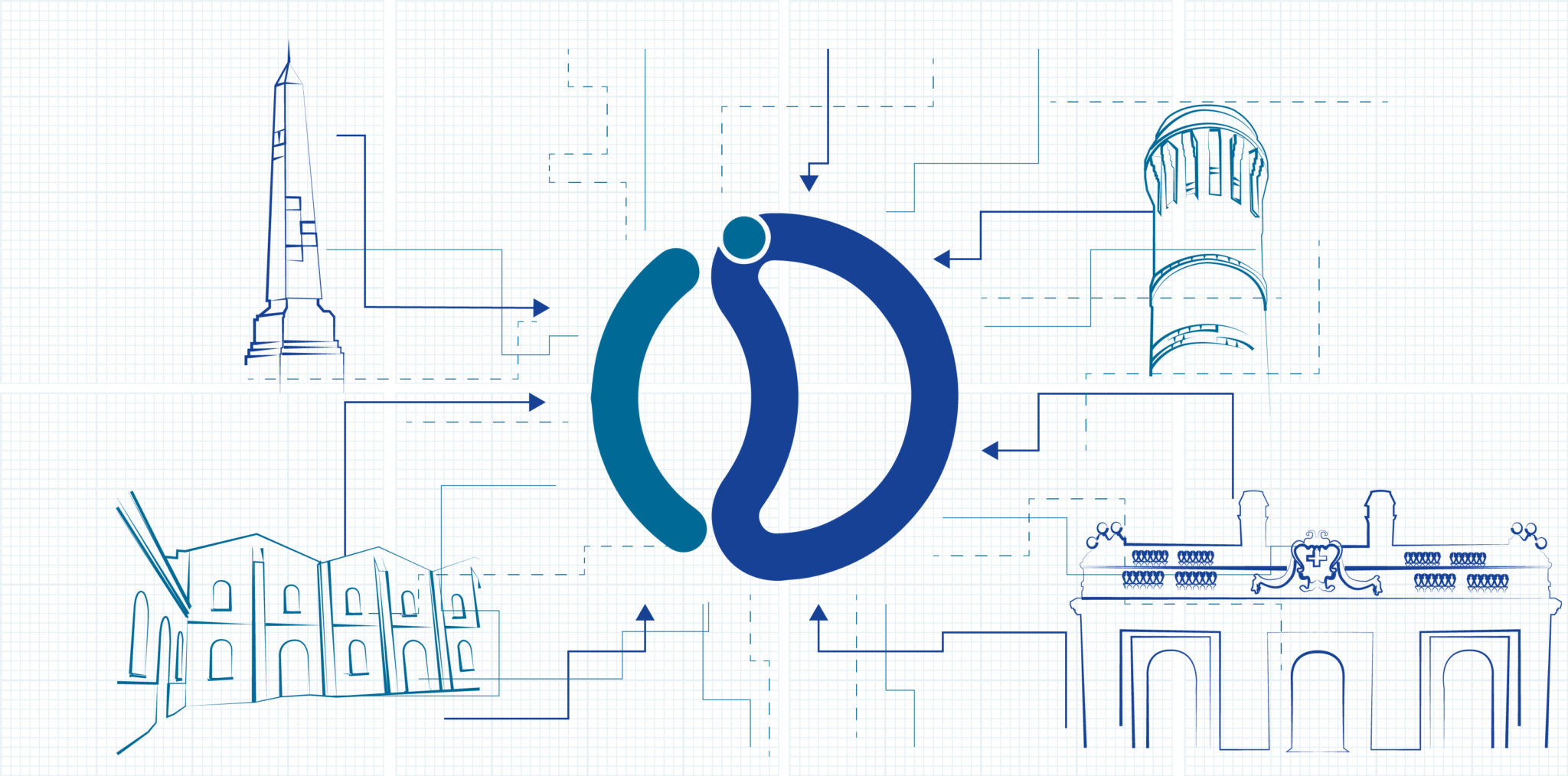IDEHA in a nutshell
Towards a sustainable heritage management
IDEHA uses
Information and Communications Technologies (ICT),
to connect the essential aspects related to the understanding, fruition and preservation of Cultural Heritage
- simplify the research, the dissemination and the sharing of contents;
- promote the understanding of the existing links between Cultural Heritage and its context;
- convey emotions;
- stimulate the interaction between tourists and places, between visitors and Cultural Heritage;
- break down physical and cognitive barriers;
- facilitate the conservation and preservation of assets;
- improving on the safety of exhibition environments even, those less integrated into museum policies.
IDEHA core & Phases in progress

A catalogue of resources that enumerates, indexes and makes different entities searchable: content (research datasets, 3D models, information model files), tools and services (HBIM, digital libraries, viewers, GIS, etc.).
A platform that is able to aggregate different types of content: real-time, coming from sensors, IoT, social networks and other crowd-based content.
Information from HBIM systems.
Research data, coming from traditional instrumentation for diagnostics and conservation.
Contextual data from different fields of humanistic research: Archival and Library Sciences, History, Philology, Linguistics etc.
A suite of front-end services for navigating and enjoying multilevel and multichannel collected resources, also accessible with mobile devices.
A series of innovative services for immersive use; artificial intelligence applications for Cultural Heritage, for the development of decision support systems and systems for planned conservation.
